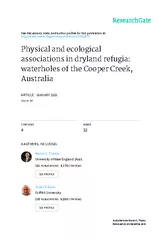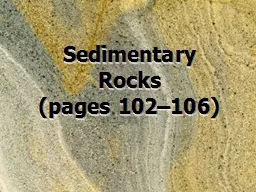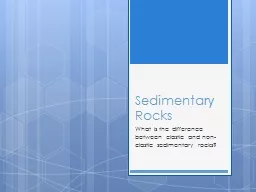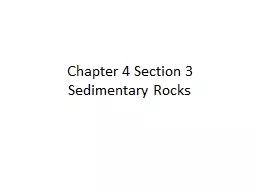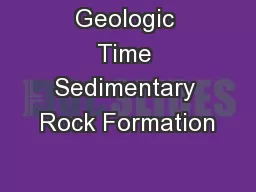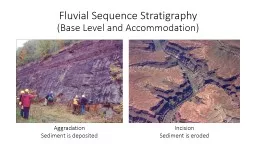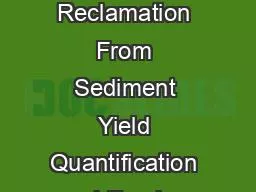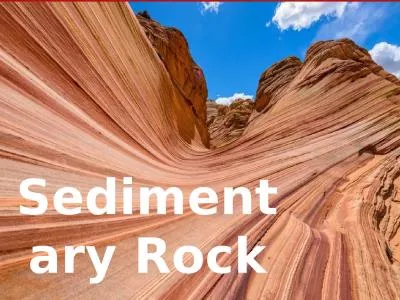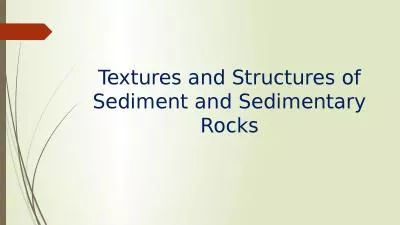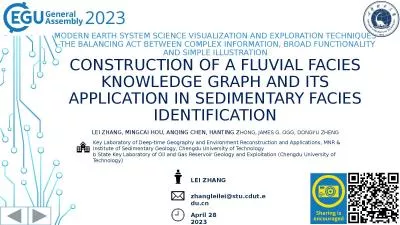PDF-The Structure, Function Implications of Fluvial Sedimentary Systems ..
Author : test | Published Date : 2015-12-04
7 Physica LOUIS Cooperative Research Centre for Freshwater Ecology University of Canberra Australian Capital Territory 2601 Australia email CHRISTIN Cooperative
Presentation Embed Code
Download Presentation
Download Presentation The PPT/PDF document "The Structure, Function Implications of ..." is the property of its rightful owner. Permission is granted to download and print the materials on this website for personal, non-commercial use only, and to display it on your personal computer provided you do not modify the materials and that you retain all copyright notices contained in the materials. By downloading content from our website, you accept the terms of this agreement.
The Structure, Function Implications of Fluvial Sedimentary Systems ..: Transcript
Download Rules Of Document
"The Structure, Function Implications of Fluvial Sedimentary Systems
.."The content belongs to its owner. You may download and print it for personal use, without modification, and keep all copyright notices. By downloading, you agree to these terms.
Related Documents

